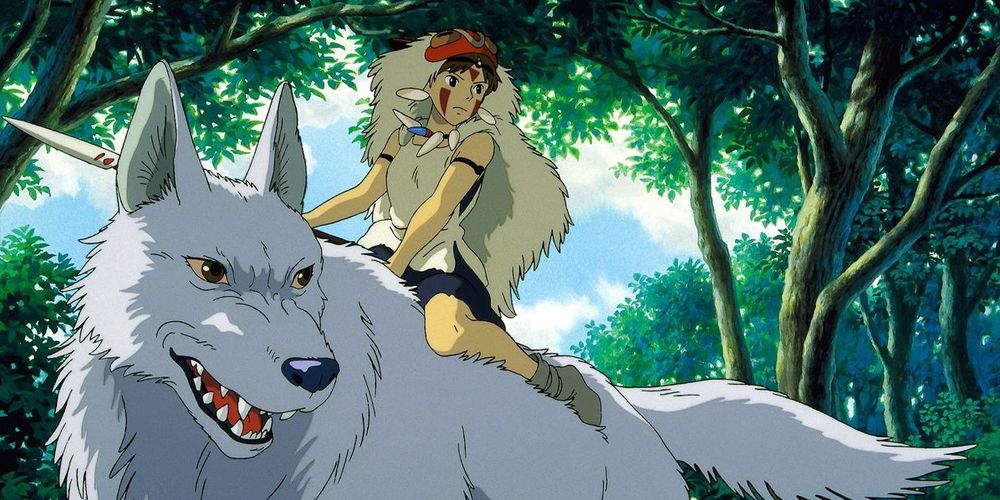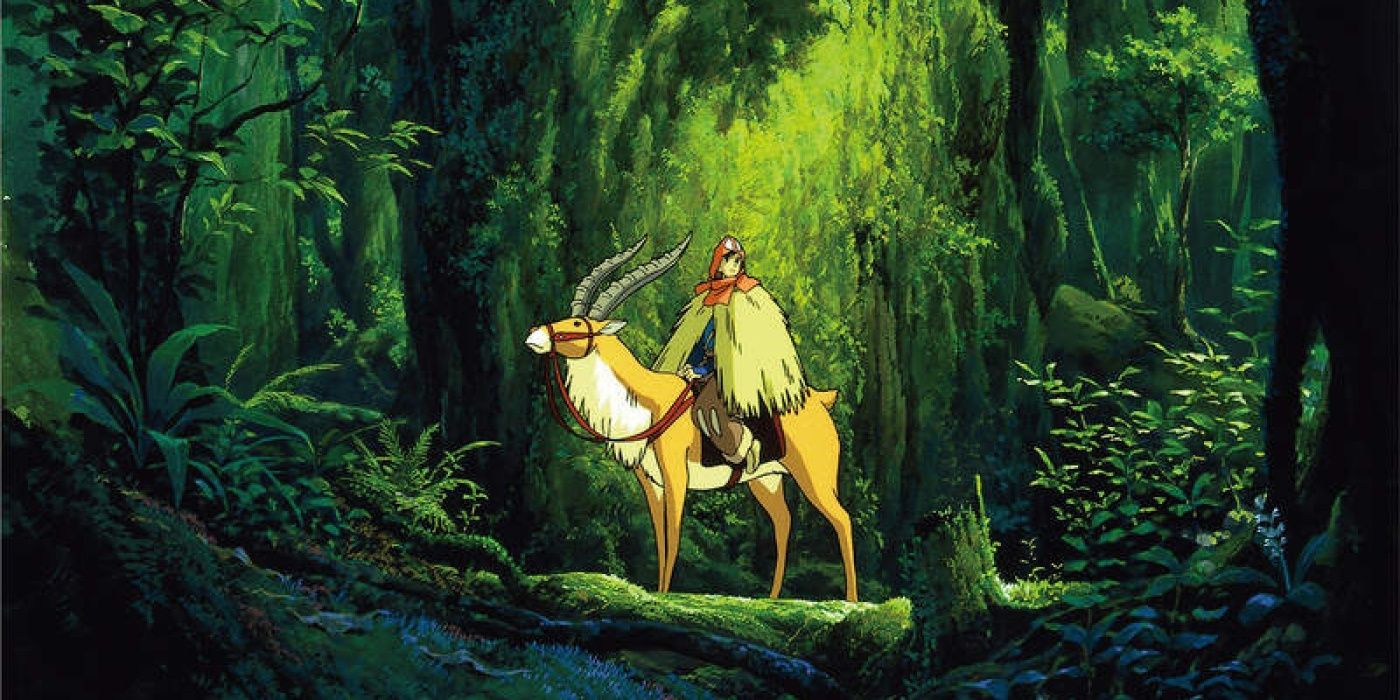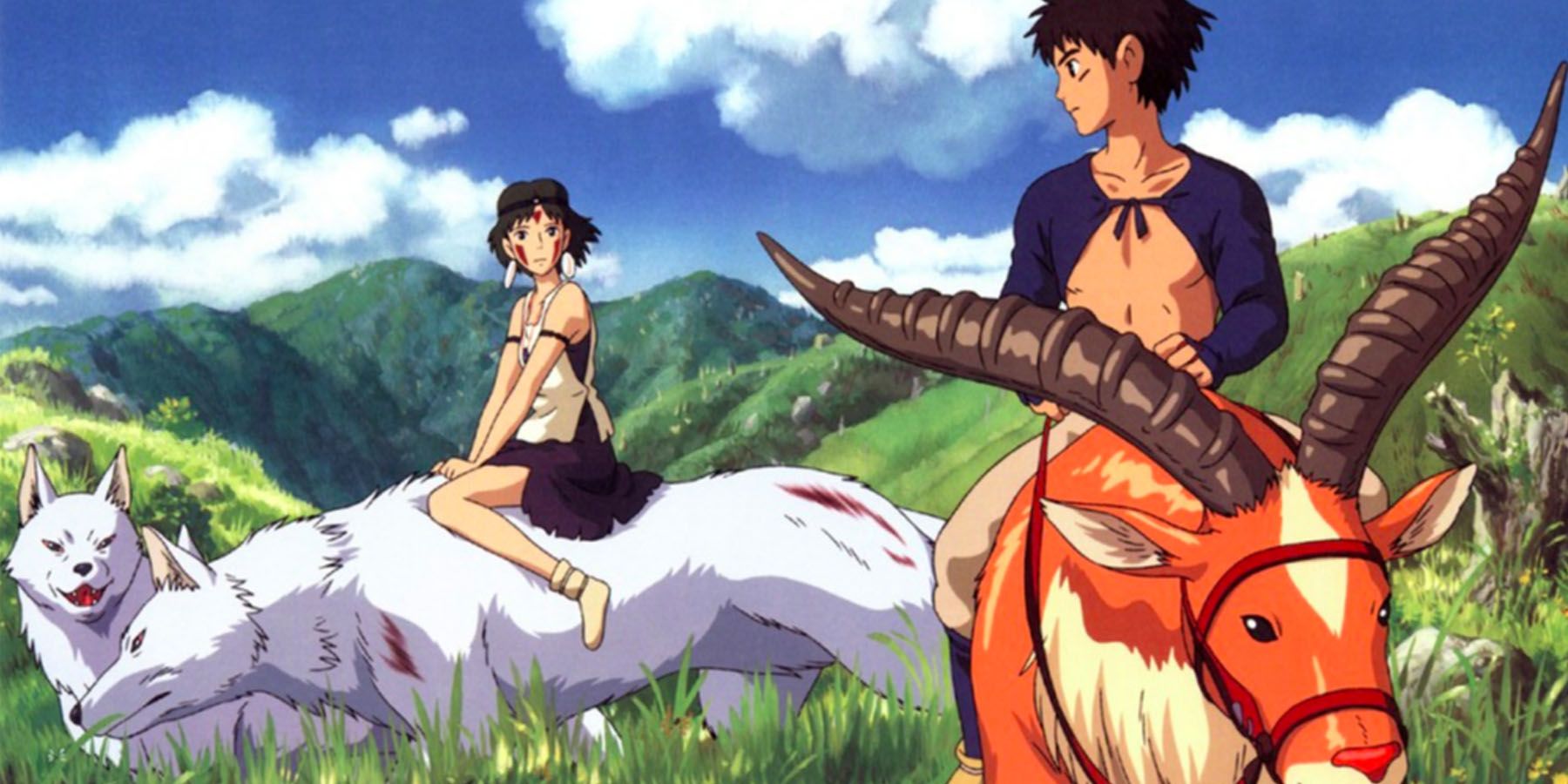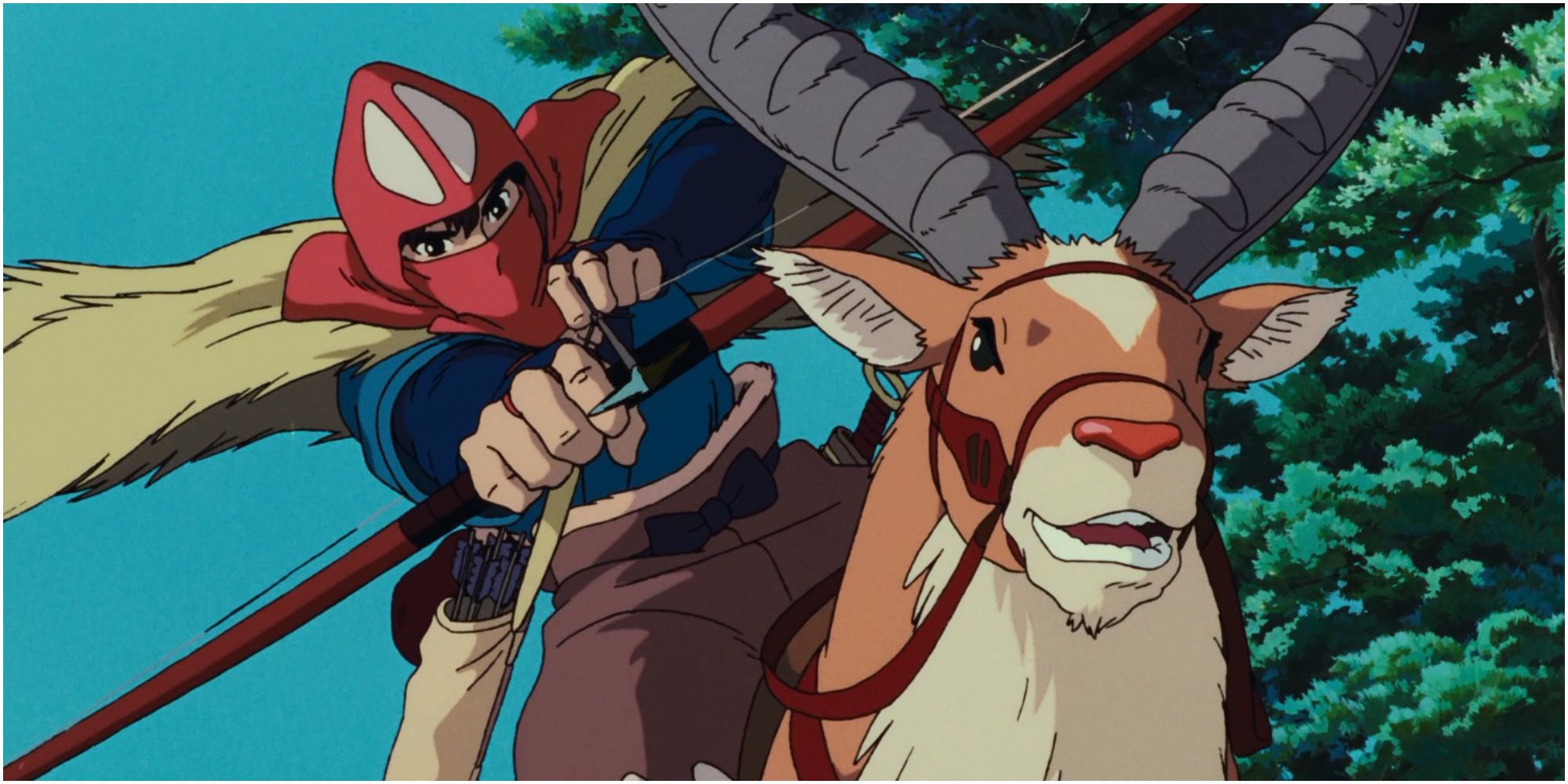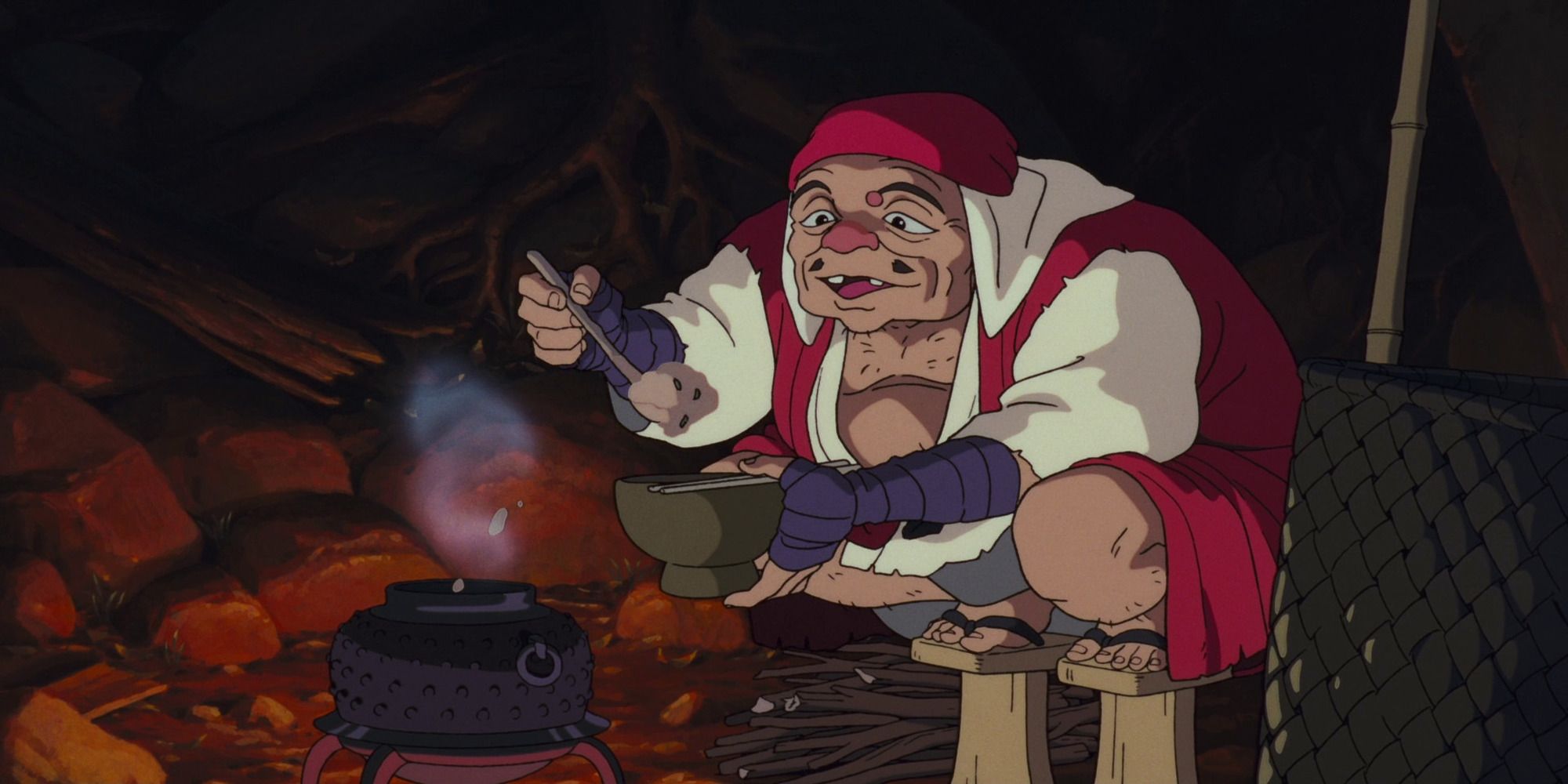Studio Ghibli films are well known for their beautiful art, fascinating stories, and wonderfully complicated worlds. However, as these films age, they are quickly gaining a reputation for timelessness. The lessons in Spirited Away about the dangers of rampant corporate greed are especially poignant today.
The lessons in Ponyo about love and acceptance also seem especially important in this day and age. Another of their stories however will be celebrating its 25 anniversary this year in December. With that in mind, it only makes sense to analyze what Princess Mononoke is able to teach us, nearly 25 years after the lesson was originally taught.
Storyline
Princess Mononoke follows a young man named Ashitaka as he journeys out into the wider world. He was originally a prince in his village but acquires a curse from a diseased Boar God. The village banished him for this and sent him out into the world to discover the root of the curse and hopefully cure himself. If he fails, the curse will kill him, but regardless he can never return home. Ashitaka finds himself in a small city nearby a forest and discovers that they are the source of the disease, although potentially obliviously.
While in Irontown, Ashitaka sees and falls in love with Princess Mononoke who was raised by a Wolf Goddess named Moro and therefore considers herself to be a creature of the forest. She is adamantly opposed to the humans of Irontown who do not respect the forest and whose actions threaten nature as a whole. Ashitaka futilely attempts to broker a peace between the two factions but ultimately must side with nature in the final conflict.
Despite their obvious affection for one another Ashitaka and Mononoke go their separate ways. In the end, she stays with the forest to help it heal and to protect it from humans in the future, and he goes back to Irontown, presumably to help them learn to respect the forest, though they promise to visit.
The Goal
Clearly, this movie presents an environmentalist take on the world’s situation, although its Muromachi era setting helps to keep the political feeling to a minimum. The only human society that is seen to be living peacefully is the Emishi tribe which is extremely in tune with the natural world around them. They understand the spirits of nature and have very symbiotic relationships with the animals around them. Evidenced by the relationship between Ashitaka and his steed.
Princess Mononoke also lives at peace with nature, but instead of living with it, she lives within it. While obviously, this is the best way for the environment for a person to live but it is not particularly viable for large groups. She is only able to accomplish this level of integration due to having been sacrificed to the Wolf Goddess as an infant and raised among her own children. This is definitely not a choice for everyone.
The Lesson
This film shows the audience in a fantastical way what can happen when nature is disrespected, damaged, and even fully attacked. It isn’t pretty. But it also shows the audience that firstly, there are ways to avoid such calamities, and secondly, that even if one has done wrong in the past it is never too late to change one's ways and make amends with nature.
The people of Irontown were not damned for murdering the forest spirit, but instead had time to forgo the consequences of their actions. In one sentence, Mother Nature is more powerful than humans, therefore humans have an obligation to protect it and respect it or the consequences will be dire.
Implications for today
The movie makes it clear that it is pollution from the humans of Irontown that have caused every problem. Iron from one of their weapons embedded in the body of the Boar God Nago is what caused him to become cursed and to attack the Emishi people. Destruction of the forest in order to power the smithies in Irontown is what enraged Moro and ultimately led her to join the Boars in their attack. Every single problem between nature and humans was ultimately the fault of the humans, with nature only reacting defensively to protect itself. And in the ultimate cruelty, the errors of one group of humans harm those completely separate from them just as much if not more than the ones responsible for the pollution.
While there was obviously some concern for the environment in the late nineties or this movie would not have been made, there is increasing concern in this decade. With every expert predicting calamity if things don’t change, the lesson in this movie feels even more important than it used to. Humans are currently in the third act of the movie and there is no Princess Mononoke or Ashitaka around to mediate for the human race. But that only makes their message even more important to consider.

